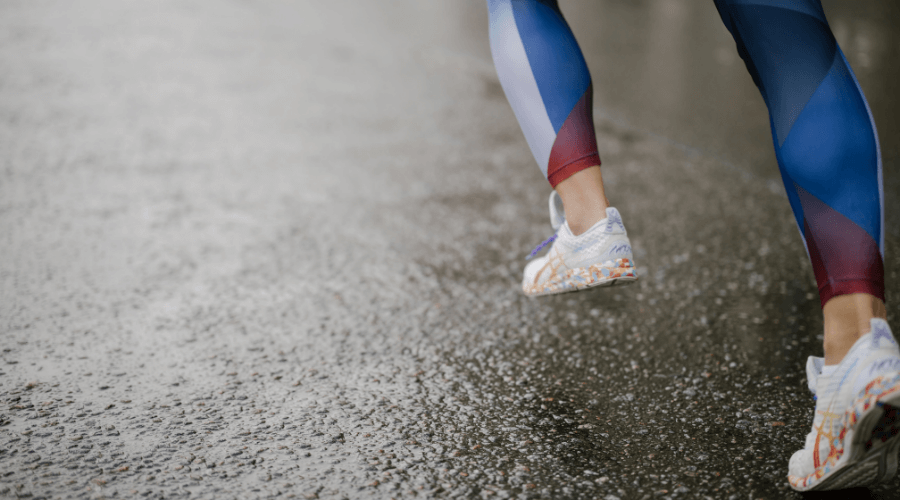Fuelling for a long run

For endurance athletes, the most important macronutrient is carbohydrates because this is converted into a fuel source called glycogen which is stored in your liver and muscles. This is essential for generating muscle contraction.
Marathon runners often refer to glycogen depletion as ‘hitting the wall’ – this is when all the energy stored in your muscles has been burned up and your muscles simply stop working. In severe cases, it results in total body shut down.
Not good!
Which carbohydrates are the best fuel?
Carbohydrates will typically make up around 40-50% of an endurance athlete’s intake on a less active day. When we increase calories to compensate for training, the focus should be on carbohydrates also. On training days you may see your numbers skew towards 70% carbs!
Prior to a training session, the focus should be on a good source of complex carbohydrates which sit easily on the stomach. This will provide enough glucose to work at a top standard without making you ‘too full’. Eating a carb source with too much fibre has the potential to leave you with a lot of undigested food in your GI tract which could be a disaster for overall performance.
This is the perfect time for a relatively light yet energy-dense meal such as sushi or a pasta dish with white meat or fish.
What is carb-loading?
You’ll start hearing the term carb loading, particularly around the build-up to the race, but it’s also something to practice within the lead-up to your long runs. Here is a starting point:
Consume 7-10g of carbohydrate 24-36 hours prior to starting a race or long run (the timing and type of carbohydrate are completely personal).
For the race and your long runs, you do need to think and practice with your intra-fuelling.
As a guide, the amount of carbohydrates you may need during exercise are as follows (according to the International Society for Sports Nutrition):
Up to one hour = zero
One to three hours = 30-60g per hour
Over three hours = 60-90g per hour
Ideally, this will be in the form of easily absorbed sugary foods with a high glucose concentration. Gels are ideal, but some people experience GI distress using these and prefer more natural foods such as dates, so experiment and see what works best for you. Don’t wait until fatigue sets in, keep drip feeding those carbs every 30-60 minutes.
Types of carbohydrates for long runs
Here are some regulars including how many grams of carbohydrates are included :
- SiS Go Gels (22g)
- High5 (23g)
- Powerbar (27g)
- Jelly Baby (4.8g)
- Large banana (30g)
- Lucozade Sport (32g)
- Lucozade Sport Elite Dual Fuel System Carbo Gels (30g)
Lucozade will be provided on the course at the following miles:
- Lucozade Sport – 5, 10, 15, 19, 23
- Lucozade Sport Elite Dual Fuel System Carbo Gels – 14, 21
What to do after your long run
After your session, the calories you have used should be replaced, again with predominantly whole foods, focusing on ‘quality’ carbohydrates for the most part – though after a 1,000+ calorie training session, some Belgian Waffles aren’t the worst thing in the world!
Additionally, it almost goes without saying that staying properly hydrated should be a priority for anyone, let alone anyone wanting to perform optimally in physical activity or sport. A rough figure to aim for is 24ml per kilogram of bodyweight at rest, with an additional 400-600ml per hour of sport. My advice is to drink on thirst.
Start paying attention to what you are putting into your body, if you want to get the best out of it.



